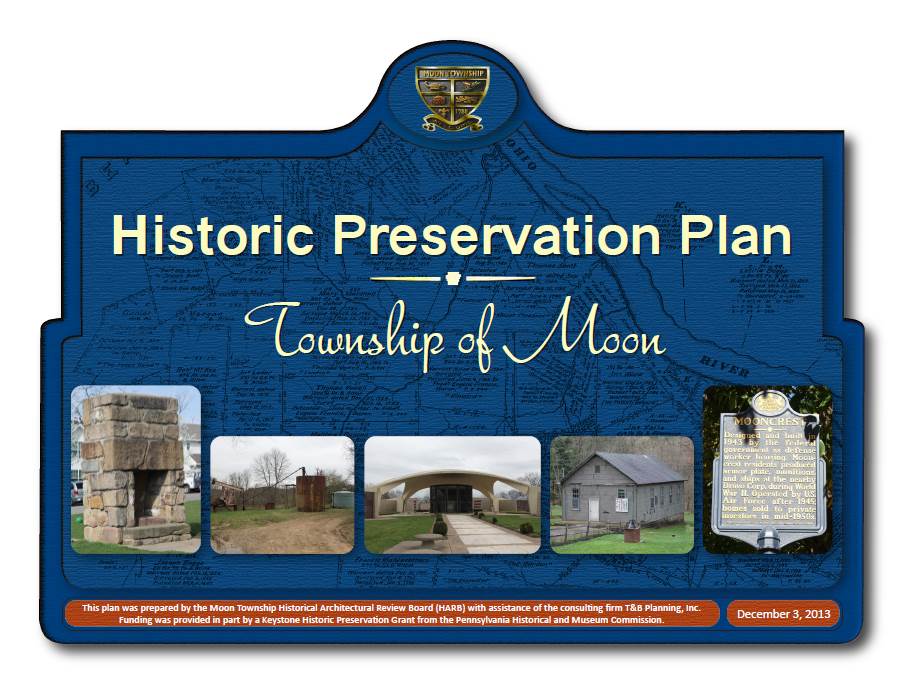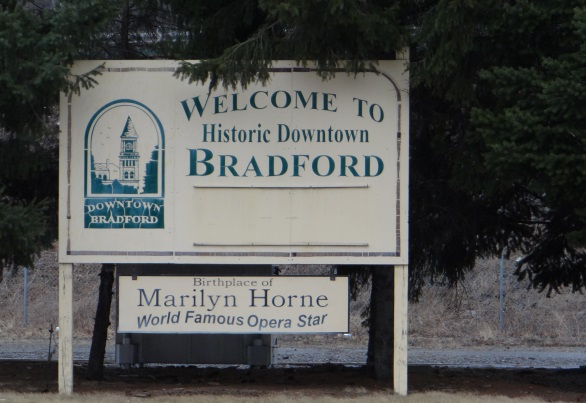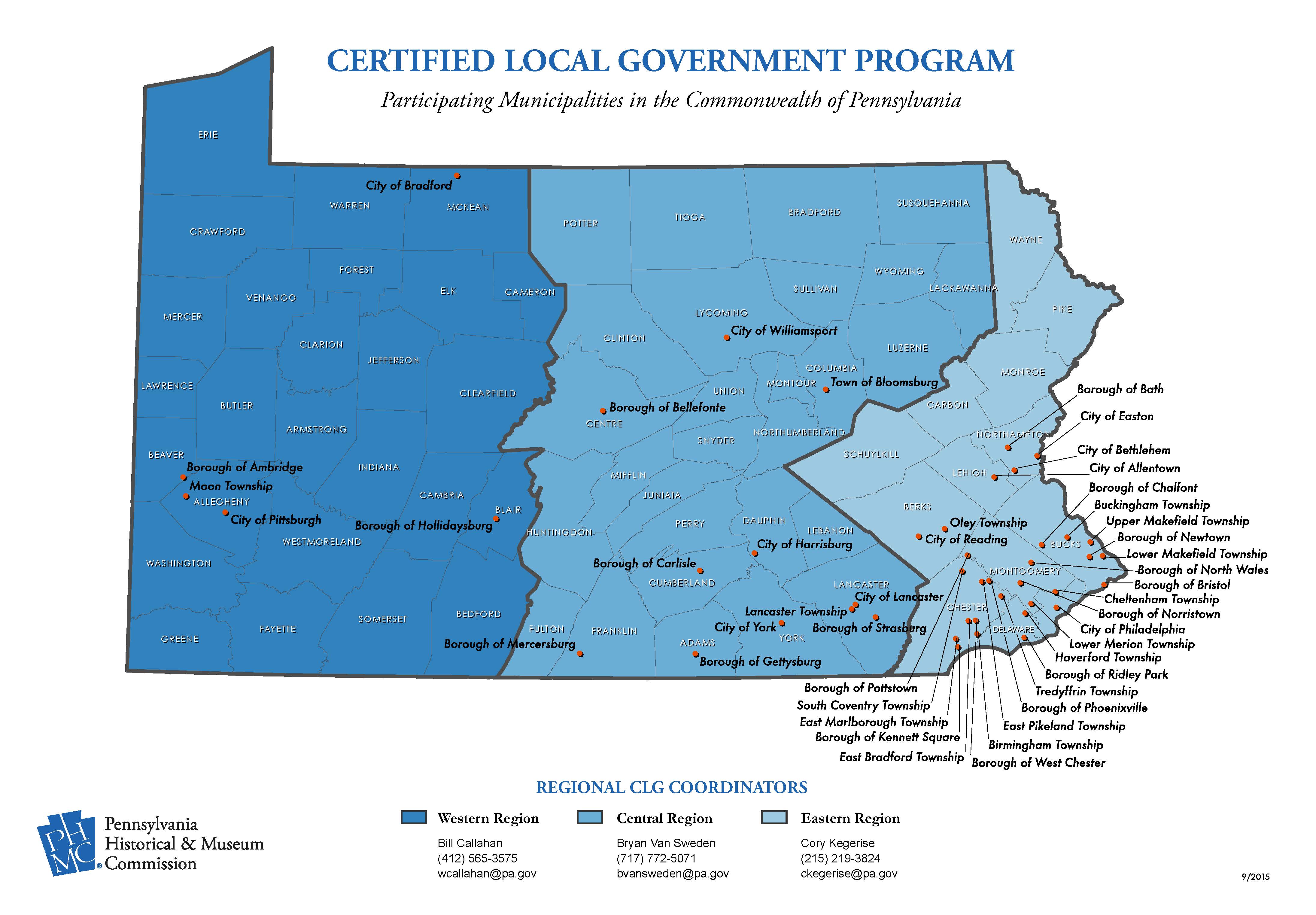Its summer and its hot, so why not talk about Penguins at Pittsburgh’s Point State Park. Curious what it has to do with preservation? Continue reading

Blog of the Pennsylvania State Historic Preservation Office

Its summer and its hot, so why not talk about Penguins at Pittsburgh’s Point State Park. Curious what it has to do with preservation? Continue reading
This time of year is all about traditions, so I’m keeping one of ours here at the PA Historic Preservation blog: the Year in Review. Its a good time to reflect on all the great preservation in Pennsylvania in 2016. There is so much to choose from that it was hard to come up with my top 5! Once you read through my list, leave a comment and tell me what is on your Top 5 list.

A long, long time ago (okay it was only 2014, but still…) I wrote about local preservation in Pennsylvania and at the end of that article I promised a follow up with some additional insights. Time passed and lots of other interesting projects and places were more worthy of being featured on this blog. But, a promise made is a promise kept, so here’s the second installment of the “3 things to know” series. This time we’ll focus on one of the more commonly confusing issues in preservation – the differences between the National Register of Historic Places and local historic designation. Continue reading
It’s that time again!
As some of you may know, the National Park Service highlighted Pennsylvania in their #50for50 social media campaign earlier this month. This initiative is part of their broader effort to celebrate and recognize the 50th anniversary of the National Historic Preservation Act this year. Each week, NPS has been promoting the interesting, meaningful, and successful historic preservation work being done in each of the 50 states, the District of Columbia, and U.S. territories. (FYI, this week is South Carolina’s turn!)
Here at PHMC, we participated by adding the #50for50 and #Preservation50 hashtags to all of the preservation-related posts on the Pennsylvania Trails of History Facebook page and @PHMC Twitter feed. I think NPS could have featured Pennsylvania’s successes for a year and still not have gotten through them all, but alas, we need to share the limelight. So, I thought it would be a great idea to share with you some of the stories that didn’t get aired that week and that we haven’t covered in previous posts and Shout-Outs.


45 communities in Pennsylvania have a formal working relationship with the Pennsylvania State Historic Preservation Office (PASHPO) on a variety of preservation-related programs and projects. Known as Certified Local Governments (CLGs) these communities represent a broad geographic, demographic and economic swath across the Commonwealth. From Philadelphia (Pop. 1.5 million) to Mercersburg, Franklin County (Pop. 1500) and located in over a third of Pennsylvania counties, the CLG program provides exclusive funding and technical assistance for local governments. The CLG program is one of several federal programs administered by the PASHPO; in this case, the National Park Service provides guidance, rules and funding for the CLG program. Continue reading
We’re back to our regular SHPO Shout-Out post this month, and I get to tell you about some great local preservation activities, two national award winners, and a cool new park in Jefferson County. Two quick things before I launch into my list of happy news: have you taken our online survey for the next statewide historic preservation plan yet? Or have you registered for the upcoming Statewide Conference on Heritage? There is still time to do both! Continue reading

45 communities in Pennsylvania have a formal working relationship with the Pennsylvania State Historic Preservation Office (PA SHPO) on a variety of preservation-related programs and projects.
Known as Certified Local Governments (CLGs), these communities represent a broad geographic, demographic and economic swath across the Commonwealth. From Philadelphia (Pop. 1.5 million) to Mercersburg, Franklin County (Pop. 1500) and located in over a third of Pennsylvania counties, the CLG program provides exclusive funding and technical assistance for local governments. As you may remember from this post a few months ago, the CLG program is one of several federal programs administered by the PA SHPO; in this case, the National Park Service provides guidance, rules and funding for the CLG program.
Three CLG communities in the PA SHPO Western Region provide a glimpse into the range of preservation activities CLGs can sponsor. Over the next few months, we’ll illustrate how the City of Bradford, Moon Township and the City of Pittsburgh have used the CLG program to leverage their preservation programs. We’ll turn our spotlight on Bradford first.

The 1980 amendments to the National Historic Preservation Act established the Certified Local Government (CLG) program to give local governments a formal voice in the national historic preservation conversation.
Let’s call out the super-powers of metaphor to explain this relationship. I often like to use the fabulously versatile bungee cord. Yes, the thing you use to keep your bike attached to the bike rack on your car or for a dozen other things. Imagine the CLG program as a bungee cord. It can expand. It can reinforce. In this metaphor, the CLG bungee cord connects the National Park Service to State Historic Preservation Offices to municipalities to citizens. The CLG bungee cord carries the energy and economic connection between the national preservation program and a local preservation program for participating local governments. Broad guidelines have been established by the National Park Service that provide the framework for participation in the CLG program; however, states have wide latitude to tailor the program to best assist the characteristics of their local governments. Continue reading
© 2025 Pennsylvania Historic Preservation
Theme by Anders Noren — Up ↑
Recent Comments